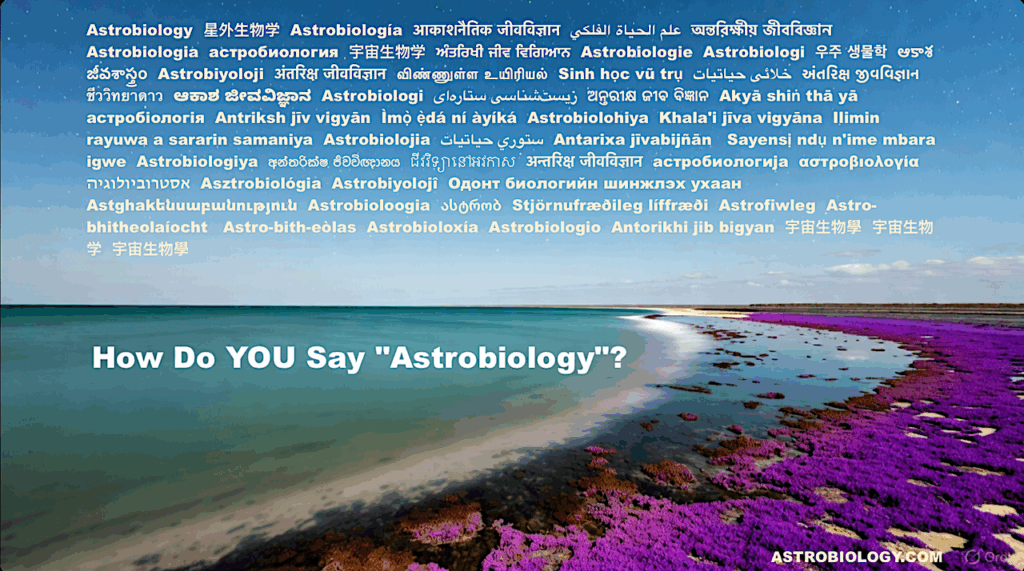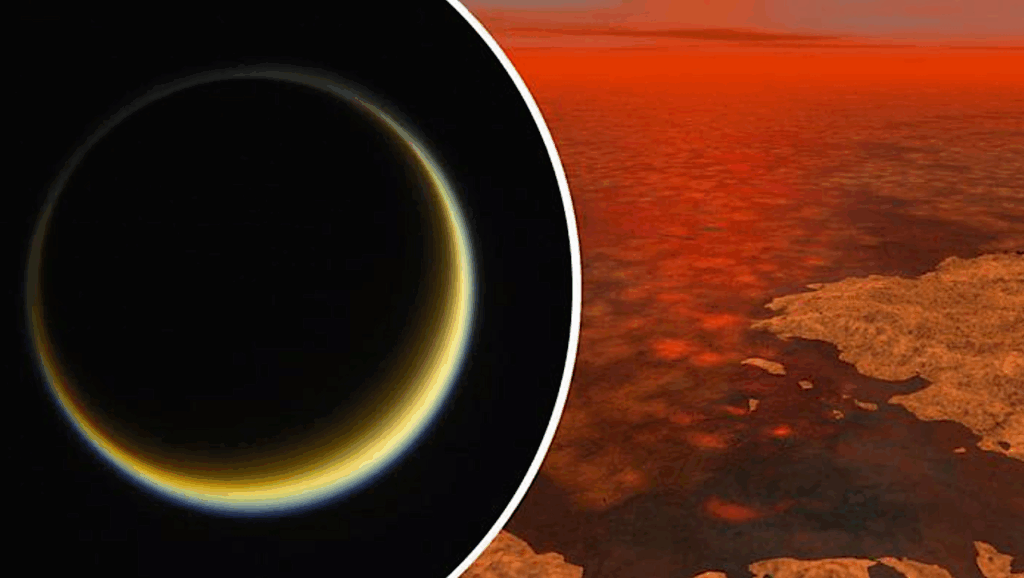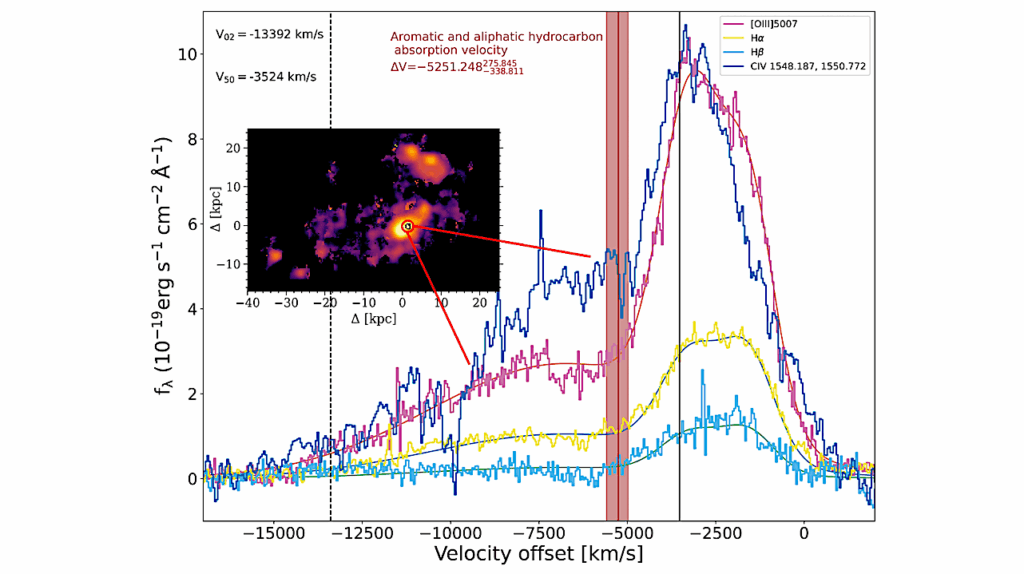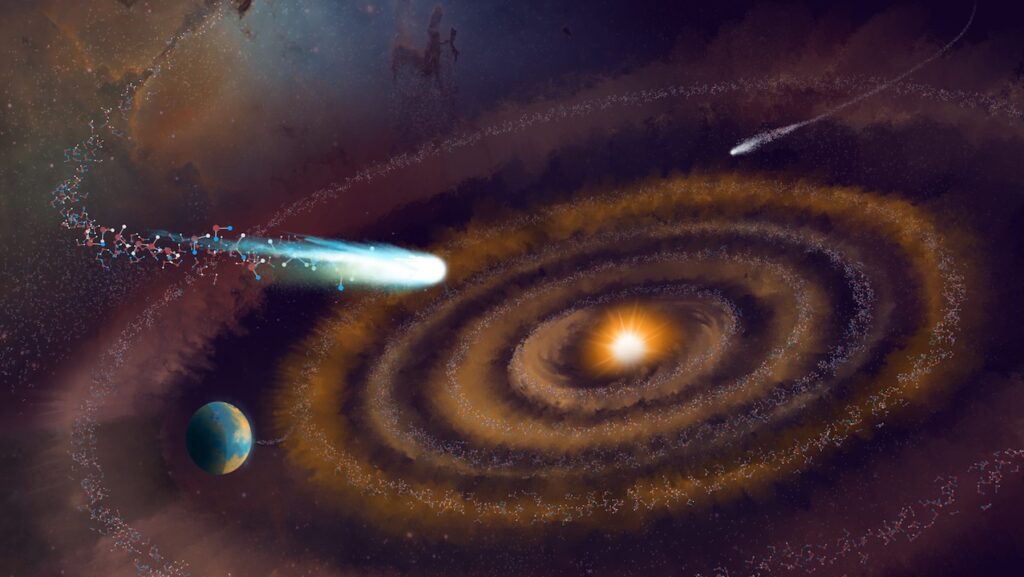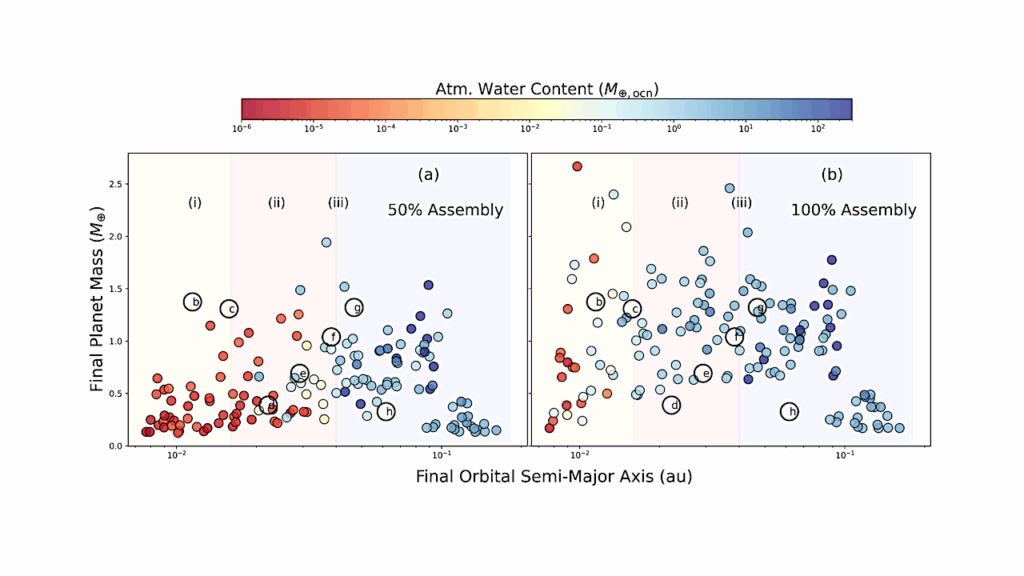The First Y Dwarf Data From JWST Show That Dynamic and Diabatic Processes Regulate Cold Brown Dwarf Atmospheres
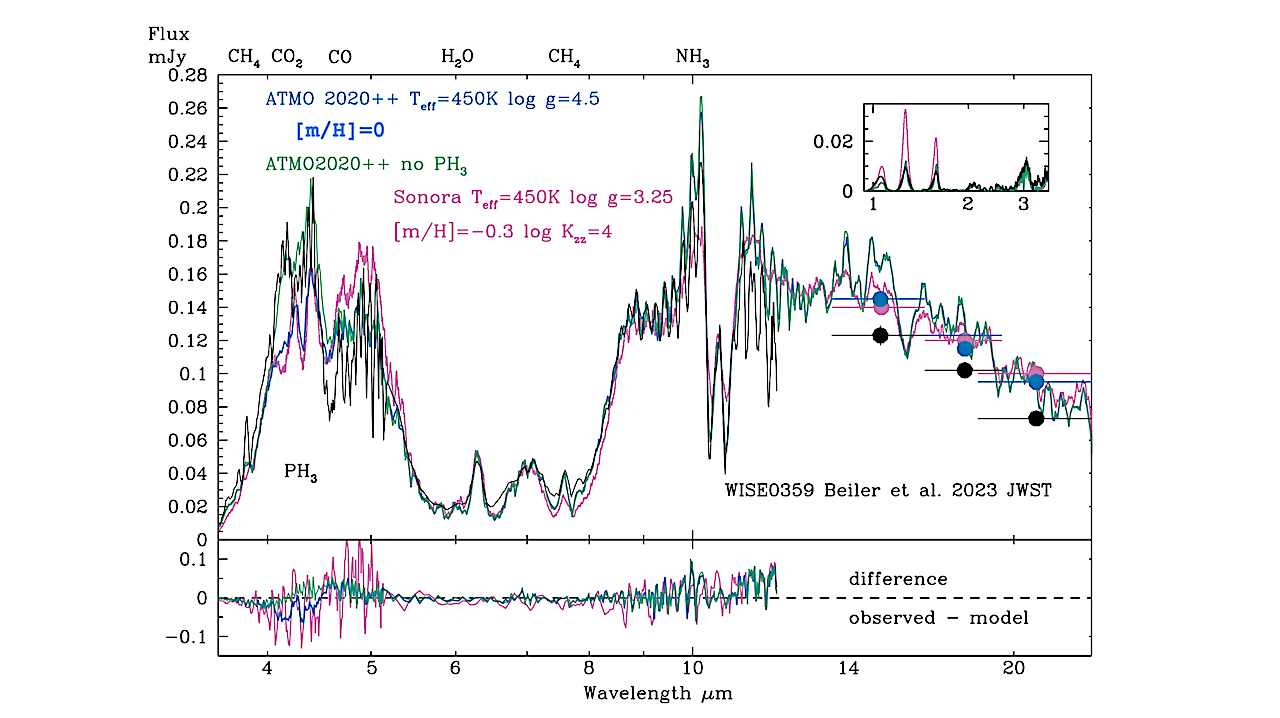
The James Webb Space Telescope (JWST) is now observing Y dwarfs, the coldest known brown dwarfs, with effective temperatures T_eff <= 475 K.
The first published observations provide important information: not only is the atmospheric chemistry out of equilibrium, as previously known, but the pressure-temperature profile is not in the standard adiabatic form. The rapid rotation of these Jupiter-size, isolated, brown dwarfs dominates the atmospheric dynamics, and thermal and compositional changes disrupt convection.
These processes produce a colder lower atmosphere, and a warmer upper atmosphere, compared to a standard adiabatic profile. Leggett et al. (2021) presented empirical models where the pressure-temperature profile was adjusted so that synthetic spectra reproduced the 1 <= lambda um <= 20 spectral energy distributions of brown dwarfs with 260 <= T_eff K <= 540.
We show that spectra generated by these models fit the first JWST Y dwarf spectrum better than standard-adiabat models. Unexpectedly, there is no 4.3 um PH_3 feature in the JWST spectrum and atmospheres without phosphorus better reproduce the 4 um flux peak.
Our analysis of new JWST photometry indicates that the recently discovered faint secondary of the WISE J033605.05-014350AB system (Calissendorff et al. 2023) has T_eff = 295 K, making it the first dwarf in the significant luminosity gap between the 260 K WISE J085510.83-071442.5, and all other known Y dwarfs. The adiabat-adjusted disequilibrium-chemistry models are recommended for analyses of all brown dwarfs cooler than 600 K, and a grid is publicly available. Photometric color transformations are provided in an Appendix.
S. K. Leggett, Pascal Tremblin
Comments: Accepted for publication in ApJ on 25 September 2023
Subjects: Solar and Stellar Astrophysics (astro-ph.SR); Earth and Planetary Astrophysics (astro-ph.EP)
Cite as: arXiv:2309.14567 [astro-ph.SR] (or arXiv:2309.14567v1 [astro-ph.SR] for this version)
https://doi.org/10.48550/arXiv.2309.14567
Focus to learn more
Submission history
From: Sandy Leggett
[v1] Mon, 25 Sep 2023 22:40:11 UTC (730 KB)
https://arxiv.org/abs/2309.14567
Astrobiology, Astrochemistry


